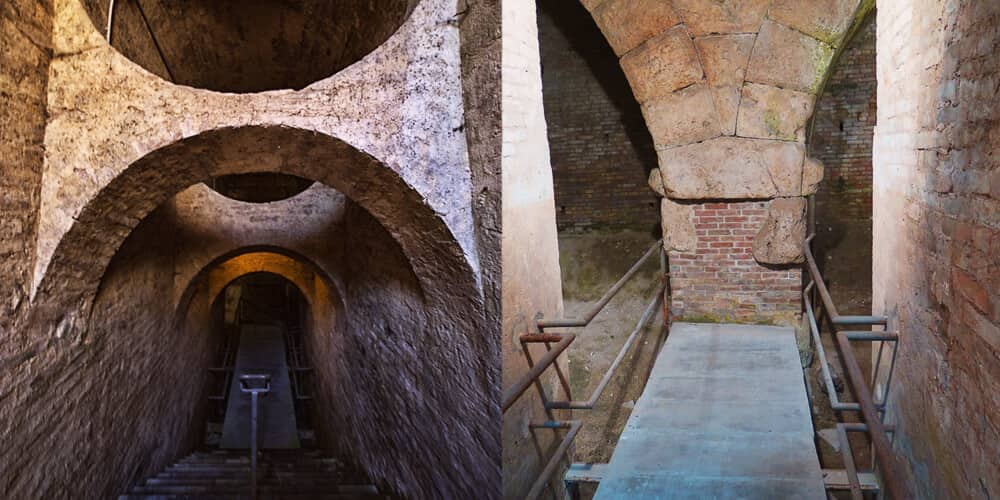The Bloody Bridge, its name between history and legend
History of San Ponziano and his martyrdom

Other legends about the Blood Bridge of Spoleto
Although this story is very fascinating, there are some more "cautious" versions of the bridge naming history. It would seem that the bridge was called in the past San Gregorio Bridge, from the nearby Church of S. Gregorio, and that the word "sanguinario" is a simple corruption of the word "sangregorio".
The second hypothesis is more fascinating. "Sanguinario" does not come from "sangregorio" but from the Latin word "sandapilarius", the name of the amphitheater door directly connected to the bridge. One of the translations of sandapilarius is undertaker, but nobody has ever managed to find out the reason for that name, which remains hidden in the past centuries.
By visiting the bridge, the amphitheater and the nearby XII century Church of St. Ponziano you will have the opportunity to make your own ideas about these theories and if after the visit you will be exhausted by the mysterious legends that hover in that place, you can take a break in the many bars in the area. The Caffè dei Tigli, very close to the Sanguinary Bridge, will satisfy your needs with its spacious and comfortable rooms for will restore your mind and your belly with quick lunches, or a buffet aperitivo in its internal garden.


